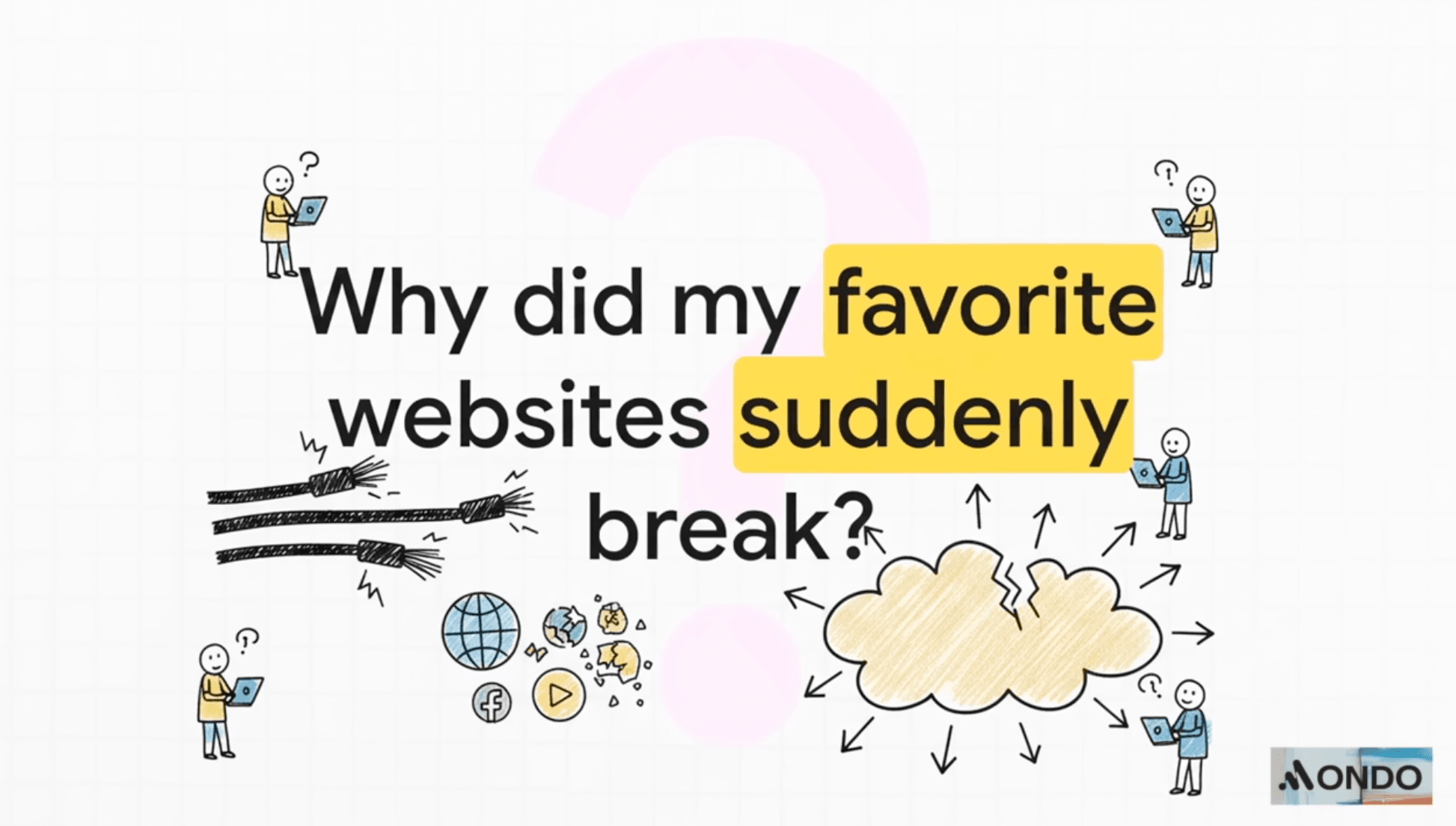Your Logo Is Not Your Brand

How do you build a brand that connects with your customers?
The best analogy that I can give is for you to liken your brand to a person. The logo, colours, and fonts represent a person’s face, features, and body type.
This is the physical representation of the person or brand that the public can identify. But we all know that what you look like doesn’t determine what kind of person you are.
A brand with personality
This is where building a brand with personality can set you apart from your competitors and allow you the opportunity to connect with your customers on an emotional level.
In a study by the School of Business Administration, it was determined that “the higher the self-expressive value of the brand personality and the higher the distinctiveness of brand personality, the higher consumers will evaluate the attractiveness of the brand personality which shows that there is a positive relationship between customer and brand.”
Subconsciously we understand personality traits. We know that Richard Brandon is a risk-taking, adrenaline junkie who lives each day as though it were his last, while Tony Robbins motivates, encourages, and cheers his clients to be the best that they can be.
We subconsciously understand these traits, so when they are applied to a brand, it naturally and organically attracts customers.

READ: 5 Biggest Branding Mistakes Made On Social Media
A brand that’s uniquely you
If your brand were a person, what personality would it have? The five key questions you need to ask in order to determine and build your brand personality are:
-
Who are you?
Similar to a person, you need to have complete clarity on ‘who’ you are, what you like, and what do you stand for?
Take Oprah and Ellen for example. Both are talk show hosts, but they have very different personalities. Oprah is the sage – an expert, advisor, and philosopher, while Ellen is the entertainer – fun, playful, and light-hearted. Both are successful, yet they attract different audiences for different reasons.
-
What is your promise?
Your brand promise is what you commit to delivering to your customer each and every day.
Don’t try and be all things to all people, as you won’t be able to consistently achieve that.
In my branding studio, our promise is to ‘create designs our clients can be proud of.’ This is what we focus on and put all our effort into.
-
What is your why?
Understanding why you get up each day to do what you do is very important in defining your brand personality; this will give your customers a genuine reason to connect with you.
Simon Sinek explains it perfectly in his TedTalk: “if it’s simply to make money, then you’re on the wrong track.”
-
How do you do things?
‘How’ is directly related to ‘who.’ If you know that you are a caregiver personality, then how you go about doing your work will be in a gentle, nurturing manner.
However, if you are a bit of a rebel, you won’t have any issues shaking up the status quo and being an industry nuisance.
-
What kind of reputation do you want?

Your reputation is based on your promise. Can you be trusted to keep your promise?
Apple’s promise to ‘Think Different’ has built them the reputation of being the most innovative tech company in the world. We all have that one friend who always lets us down. Don’t let your brand be one of those personalities.
Debbie O’Connor is an international award-winning brand strategist, keynote speaker, mentor, and expert guest on the 12-part, Build My Brand series. She’s also the founder and Creative Director of multiaward-winning branding studio, White River Design, and CEO of The Creative Fringe (listed on Australia’s 100 Coolest Companies). To connect with Debbie, email us at editor@leaderonomics.com.
Prefer an e-mag reading experience? No problem! This article is also available in our 25 August 2018 digital issue, which you can access here.
Prefer an e-mag reading experience? No problem! This article is also available in our 25 August 2018 digital issue, which you can access here.
Business
This article is published by the editors of Leaderonomics.com with the consent of the guest author.





